If you’re a golf enthusiast, you know that the right golf course can make all the difference in your game—and your experience. Oak Valley Golf Course and Resort might just be that hidden gem you’ve been searching for. Nestled in beautiful surroundings, this resort offers not only a top-notch golf experience but also stunning photography opportunities and a tranquil retreat away from the daily grind.
In this comprehensive guide, we’ll take you through everything you need to know about Oak Valley Golf Course and Resort. From its breathtaking landscapes to its unique amenities, you’ll discover why this destination is perfect for both serious golfers and casual visitors.
A Golfer’s Dream
The Course: A Stunning Layout
Oak Valley is home to an 18-hole championship golf course designed by renowned course architect, Pete Dye. This course is regularly praised for its challenging yet enjoyable layout.
- Key Features:
- Length: 7,000 yards
- Par: 72
- Signature Holes: The par-3 7th hole is a favorite, showcasing stunning views of the surrounding mountains.
Landscapes and Scenery
One of the standout features of Oak Valley is its sheer natural beauty. Golfers are treated to views of lush greenery, sparkling water features, and rolling hills that provide the perfect backdrop for a day on the links.
- Wildlife: Keep an eye out for local fauna, including birds and deer, that often grace the fairways.
- Seasonal Changes: The course offers a unique perspective throughout the seasons; from vibrant spring blooms to the golden hues of autumn.
 Oak Valley Golf Course Landscape
Oak Valley Golf Course Landscape
The Perfect Photo Opportunities
When it comes to capturing the moment, Oak Valley Golf Course and Resort doesn’t disappoint. Here are some prime spots for your Instagram-worthy shots:
- The Clubhouse: With its rustic architecture and welcoming vibe, this is a great spot for group photos.
- Water Features: The serene ponds and lakes are a favorite among photographers, especially during sunset.
- Elevated Views: Capture a great bird’s-eye view of the course from the elevated tee boxes.
Pro Tip: Early morning rounds not only offer cooler temperatures but also softer lighting, perfect for photography.
Amenities: More Than Just Golf
Beyond its incredible course, Oak Valley provides a variety of additional amenities perfect for relaxation and recreation.
- Spa Services: Unwind at the resort’s spa and indulge in a range of treatments that will rejuvenate your body and mind.
- Dining Experiences: From casual fare to gourmet cuisine, Oak Valley’s dining options cater to every palate.
- Must-Try Dish: The grilled salmon with seasonal vegetables is a local favorite!
- Accommodations: Stay on-site in luxurious rooms that promise comfort and excellent service.
 Oak Valley Resort Room with Golf Course View
Oak Valley Resort Room with Golf Course View
Events and Tournaments: Join the Action
Oak Valley Golf Course regularly hosts various tournaments and events throughout the year. This creates a bustling camaraderie among players and fans alike.
- Annual Charity Tournament: Participants can enjoy a day of golf while contributing to a worthy cause.
- Weekend Leagues: Ideal for those who want to regularly compete, these leagues are open to all skill levels.
Booking in advance is essential for participation in events, so make sure to check the official website for updates on schedules.
The Community Connection
Oak Valley Golf Course and Resort isn’t just for individual enjoyment; it also fosters a sense of community. Whether it’s through organized events or social gatherings, visitors often leave with new friendships and great memories.
 Golfers Socializing at Oak Valley Clubhouse
Golfers Socializing at Oak Valley Clubhouse
Key Takeaways
To summarize the best features and highlights of Oak Valley Golf Course and Resort:
- Stunning Scenery: From lush greens to beautiful water features, perfect for photography.
- Top-Notch Amenities: Enjoy spa services, fine dining, and luxurious accommodations.
- Engaging Events: Participate in various tournaments and leagues for all skill levels.
- Community Focus: Connect with fellow golf enthusiasts and local residents.
FAQs
1. What is the best time to visit Oak Valley?
The best time to visit is during spring and fall when the weather is mild, and the scenery is captivating.
2. Do I need to book in advance?
Yes, especially during peak seasons and for events. It’s recommended to book at least a week in advance.
3. Are club rentals available?
Absolutely! Oak Valley provides club rentals for those who need them. Be sure to ask when booking your tee time.
4. Is there a dress code at Oak Valley?
Yes, a standard golf dress code applies. Collared shirts, slacks, and tailored shorts are expected.
5. Can kids play on the course?
Yes! Oak Valley encourages family participation, and kids are welcome on the course with adult supervision.
6. Are there special discounts for group bookings?
Yes, groups often receive discounts. It’s best to inquire directly with the resort for specific packages.
7. Does the resort offer lessons for beginners?
Yes! Oak Valley has professional instructors available for private or group lessons.
8. What dining options are available at the resort?
There are multiple dining options, including casual cafes and fine dining experiences.
9. Is the resort pet-friendly?
Pet policies vary, so it’s best to contact the resort directly to inquire about specific accommodations.
10. Are there any other sporting activities available?
Aside from golf, the resort offers hiking, biking, and even tennis courts for guests to enjoy.
With its stunning landscapes, exceptional amenities, and focus on community, Oak Valley Golf Course and Resort is undeniably a must-visit for golfers and photographers alike. Whether you’re planning a weekend getaway or a day trip, prepare to be captivated by everything this splendid resort has to offer.

 Moselem Springs Golf Clubhouse
Moselem Springs Golf Clubhouse Moselem Springs Golf Tournament
Moselem Springs Golf Tournament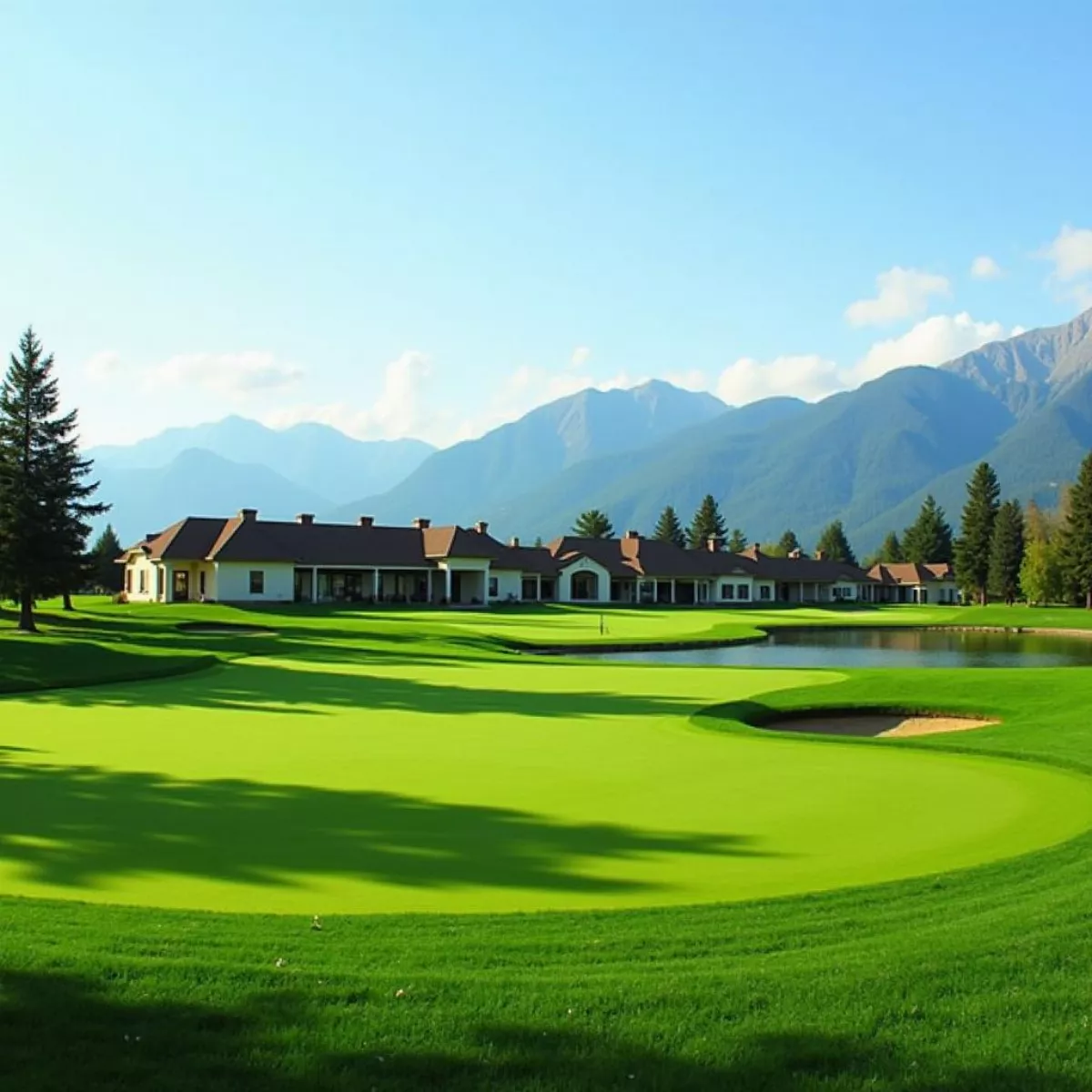
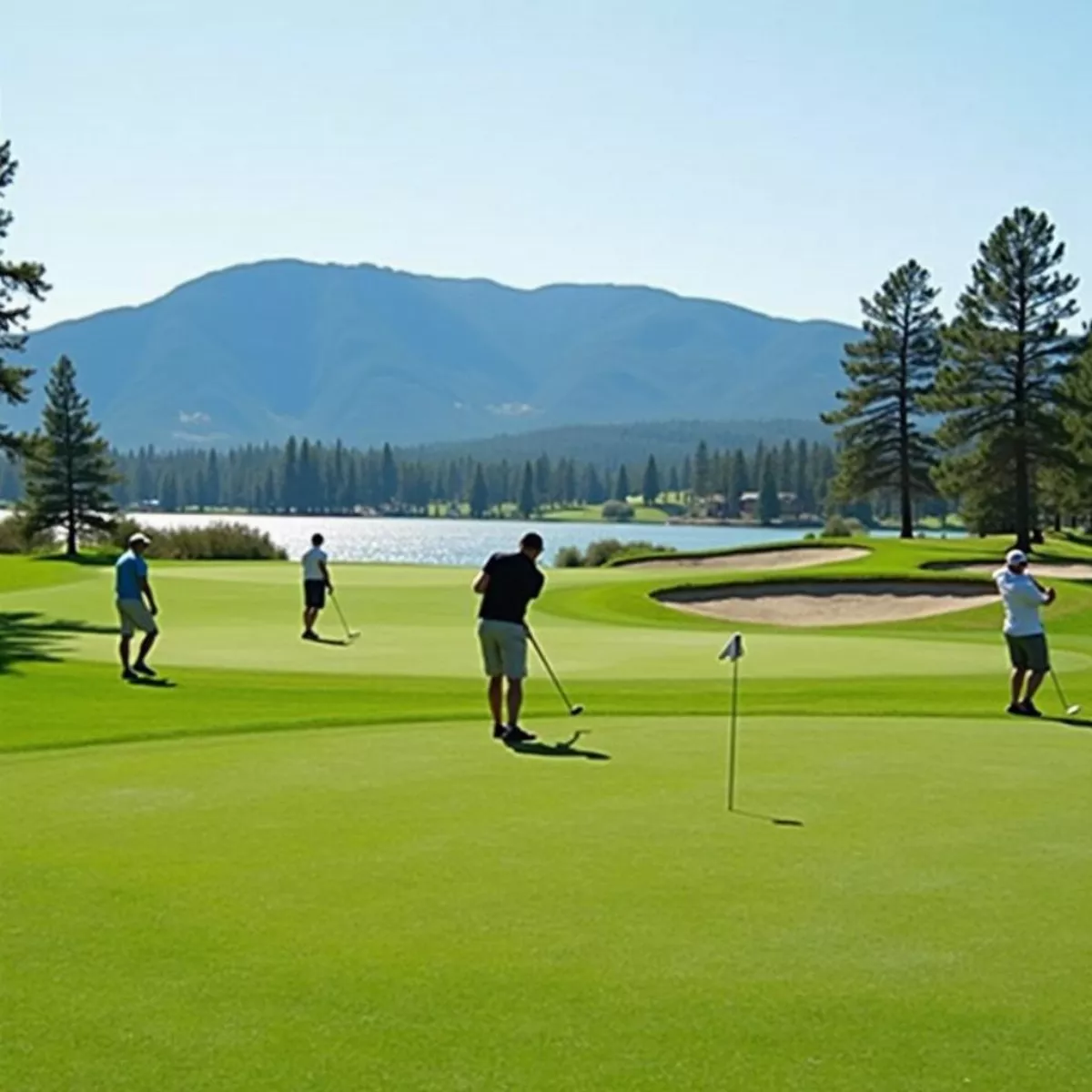 Golfers on Lush Fairway
Golfers on Lush Fairway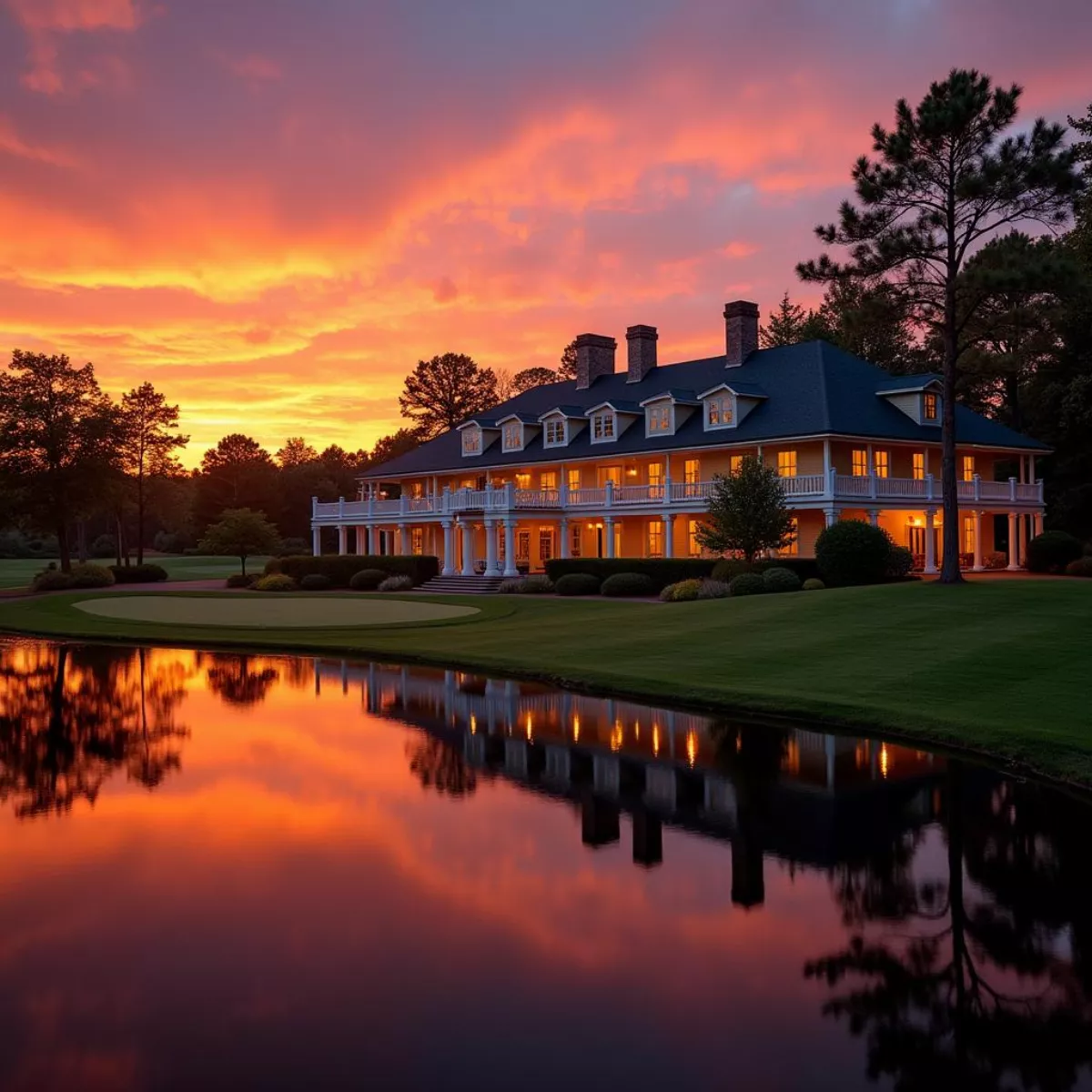 Mirror Lake Clubhouse at Sunset
Mirror Lake Clubhouse at Sunset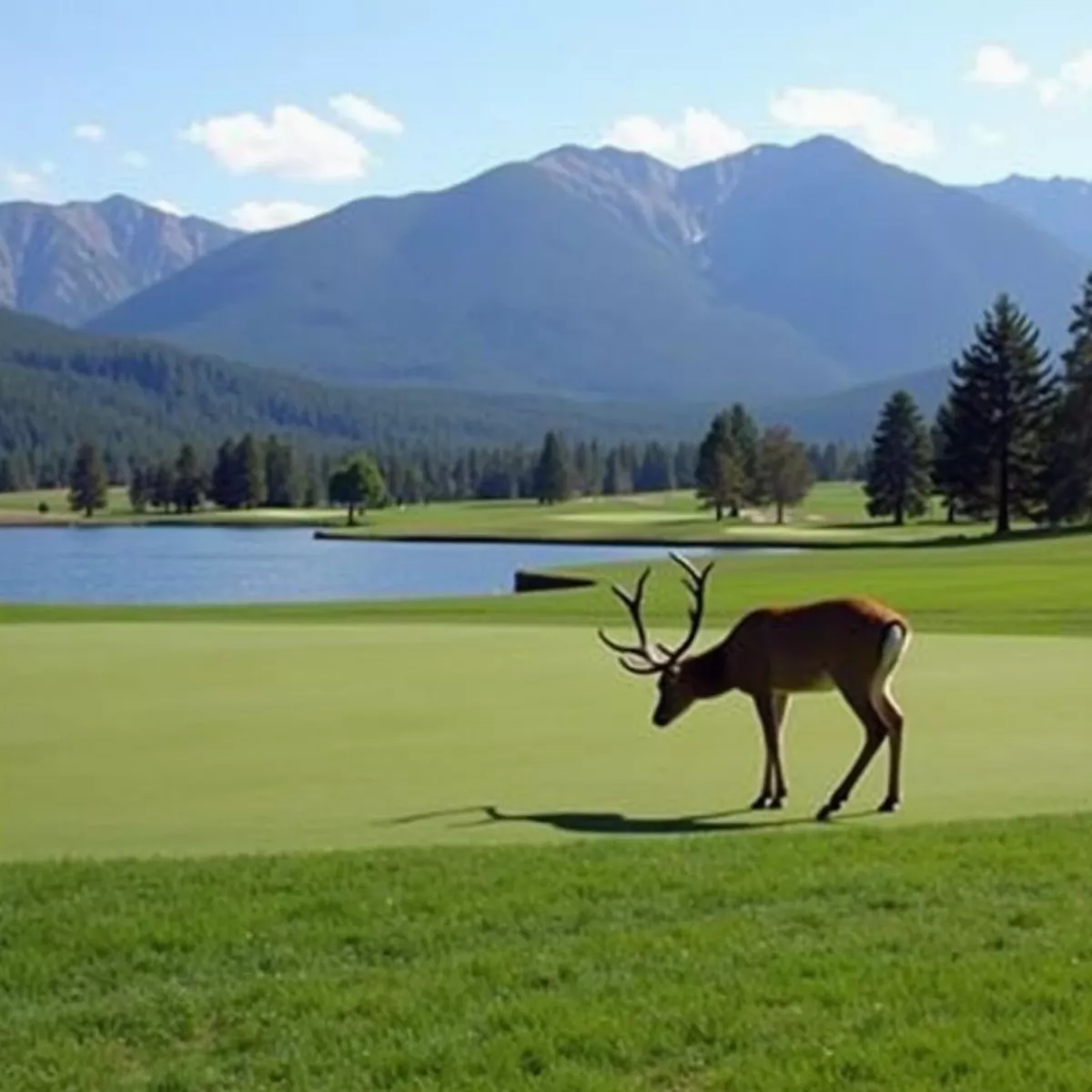 Lake Placid Wildlife at Mirror Lake
Lake Placid Wildlife at Mirror Lake
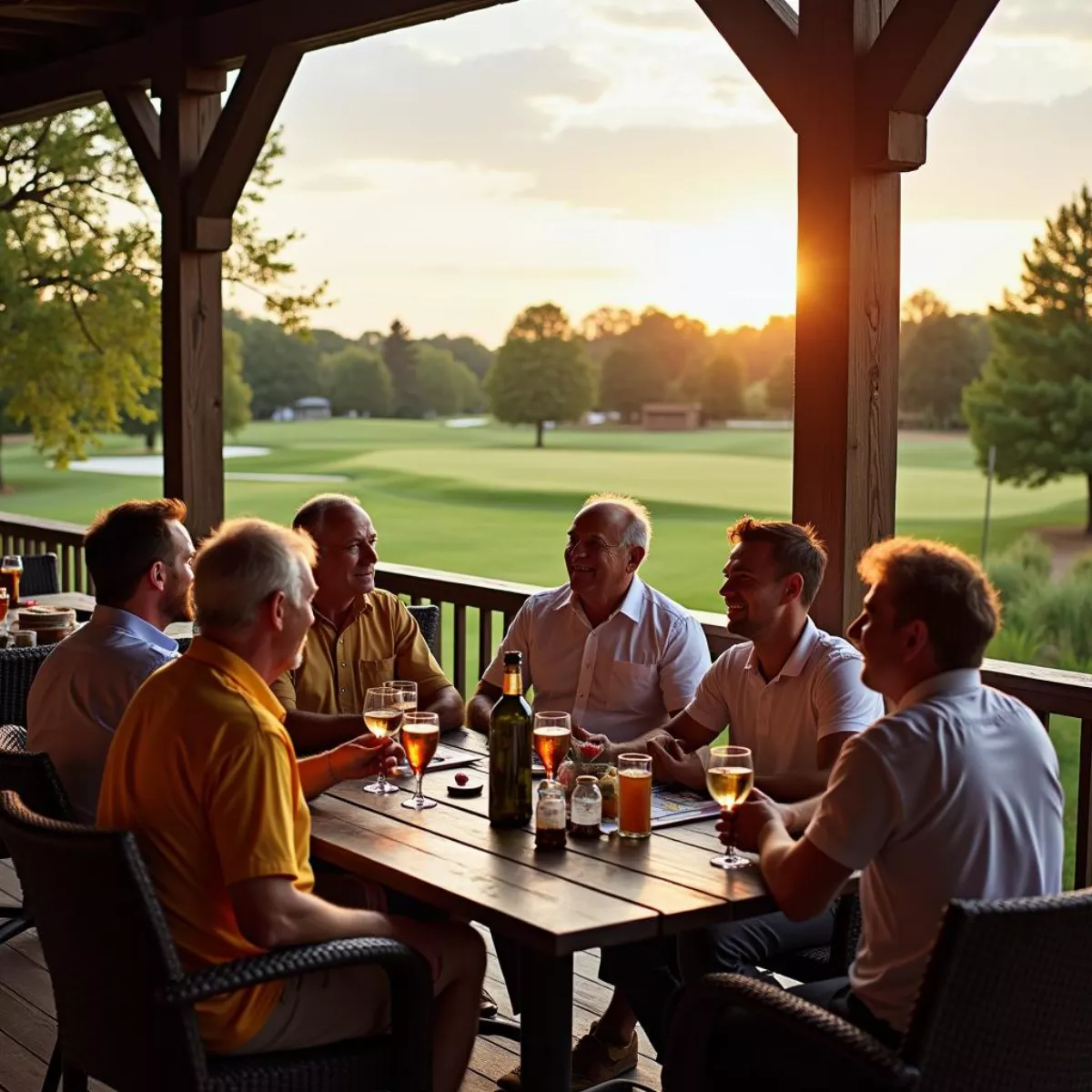 Golfers Enjoying Drinks on Clubhouse Patio
Golfers Enjoying Drinks on Clubhouse Patio Family Playing Golf Together
Family Playing Golf Together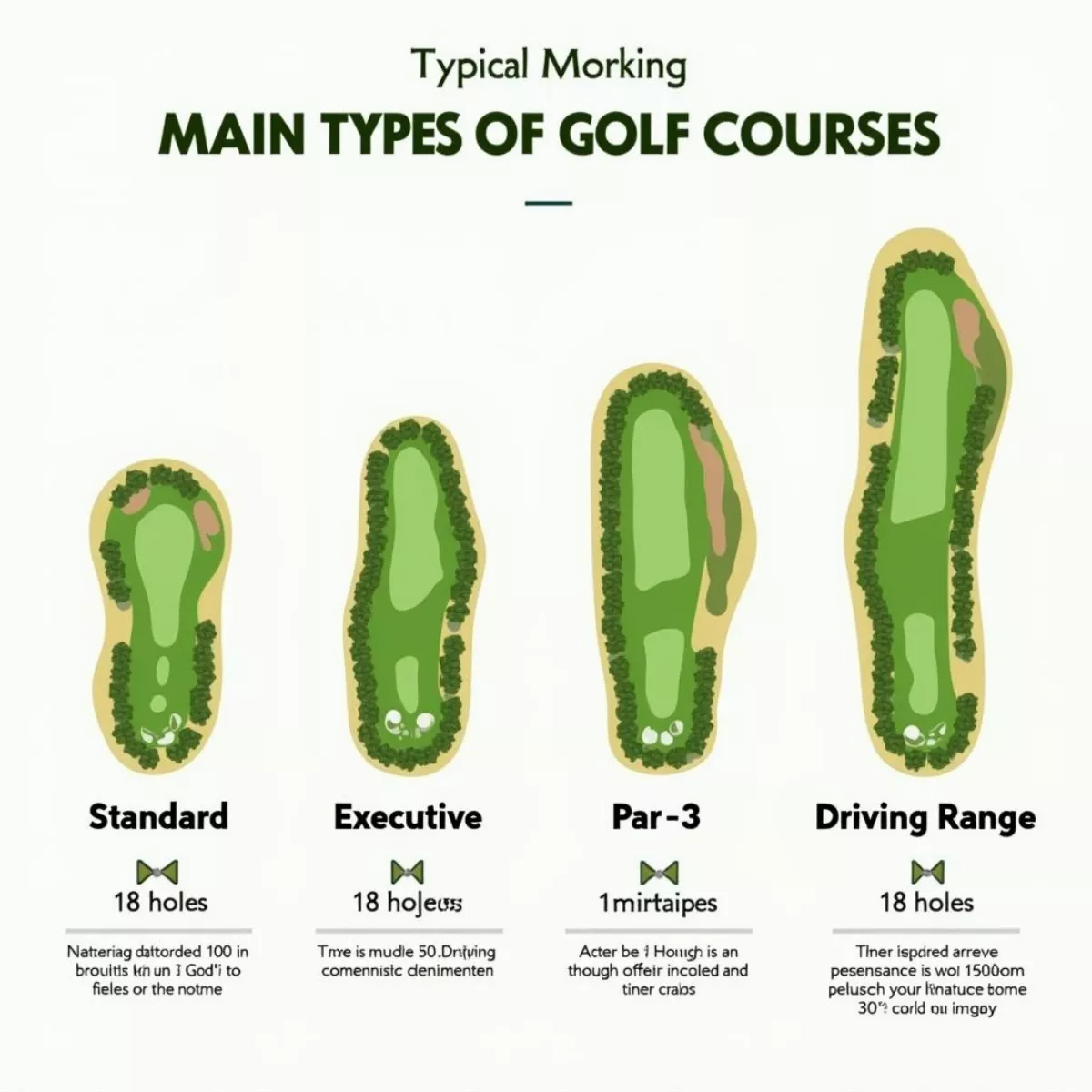
 Comparison of golf course acreage by type
Comparison of golf course acreage by type Environmentally friendly golf course design
Environmentally friendly golf course design
 Golfer Teeing Off at Hominy Hill
Golfer Teeing Off at Hominy Hill Hominy Hill 16th Hole at Sunset
Hominy Hill 16th Hole at Sunset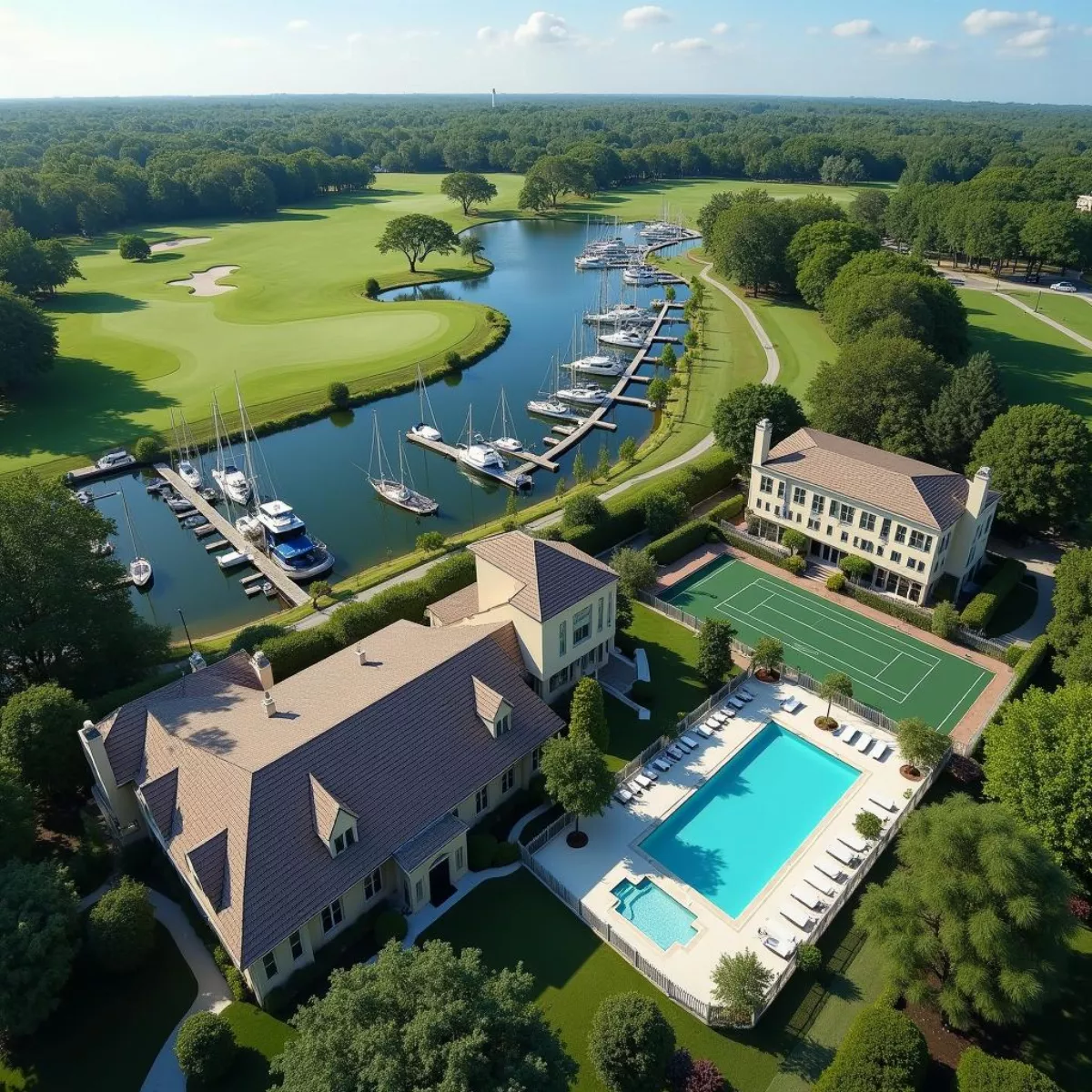
 Heath Golf and Yacht Club Membership Benefits
Heath Golf and Yacht Club Membership Benefits Heath Golf and Yacht Club Family Activities
Heath Golf and Yacht Club Family Activities
 Golf Clubhouse Event at French Creek
Golf Clubhouse Event at French Creek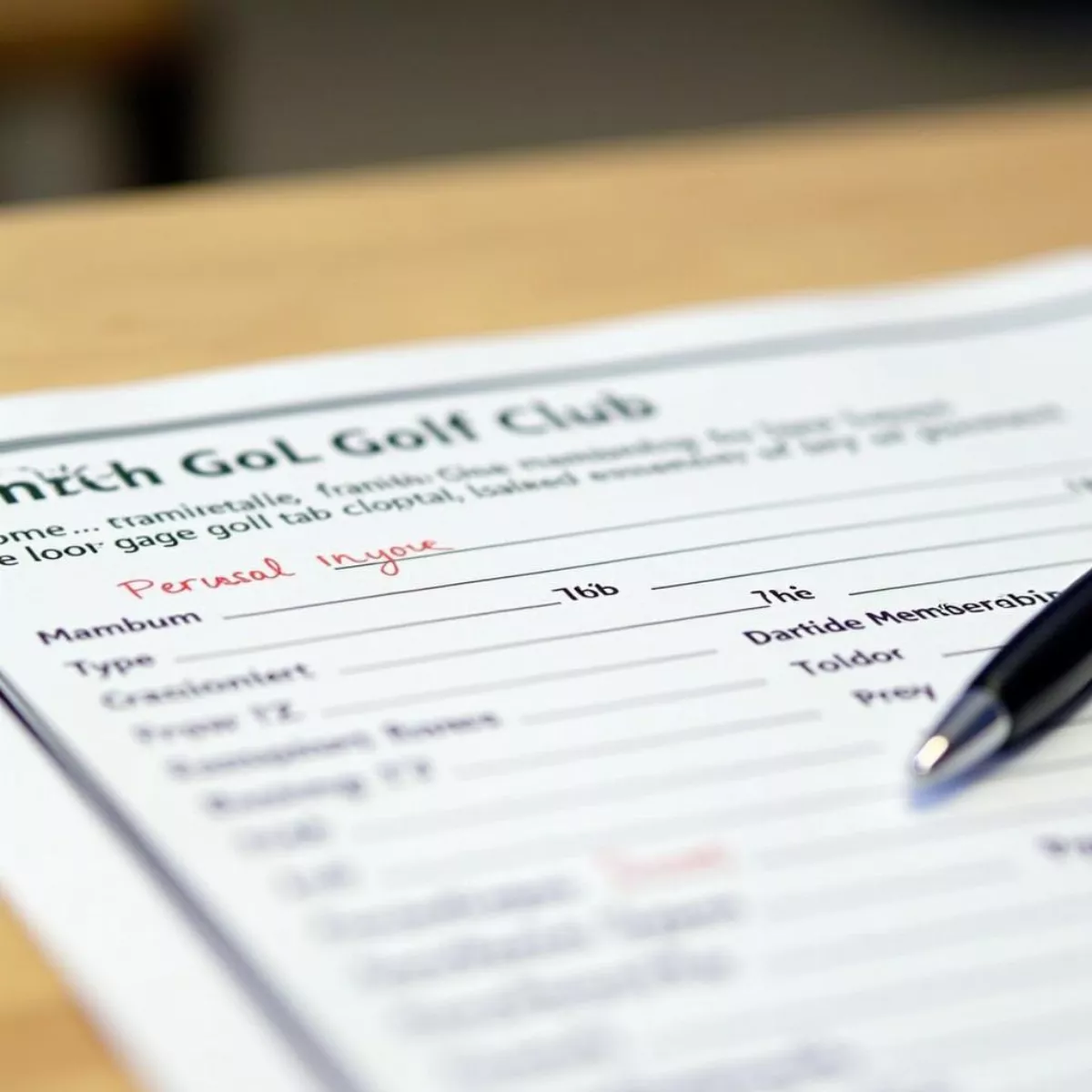 French Creek Golf Club Membership Application
French Creek Golf Club Membership Application
 Golfer Mid-Swing at Flatbush
Golfer Mid-Swing at Flatbush Flatbush Golf Course in Autumn
Flatbush Golf Course in Autumn Wildlife at Flatbush Golf Course
Wildlife at Flatbush Golf Course
 Family Riding Surrey in Como Park
Family Riding Surrey in Como Park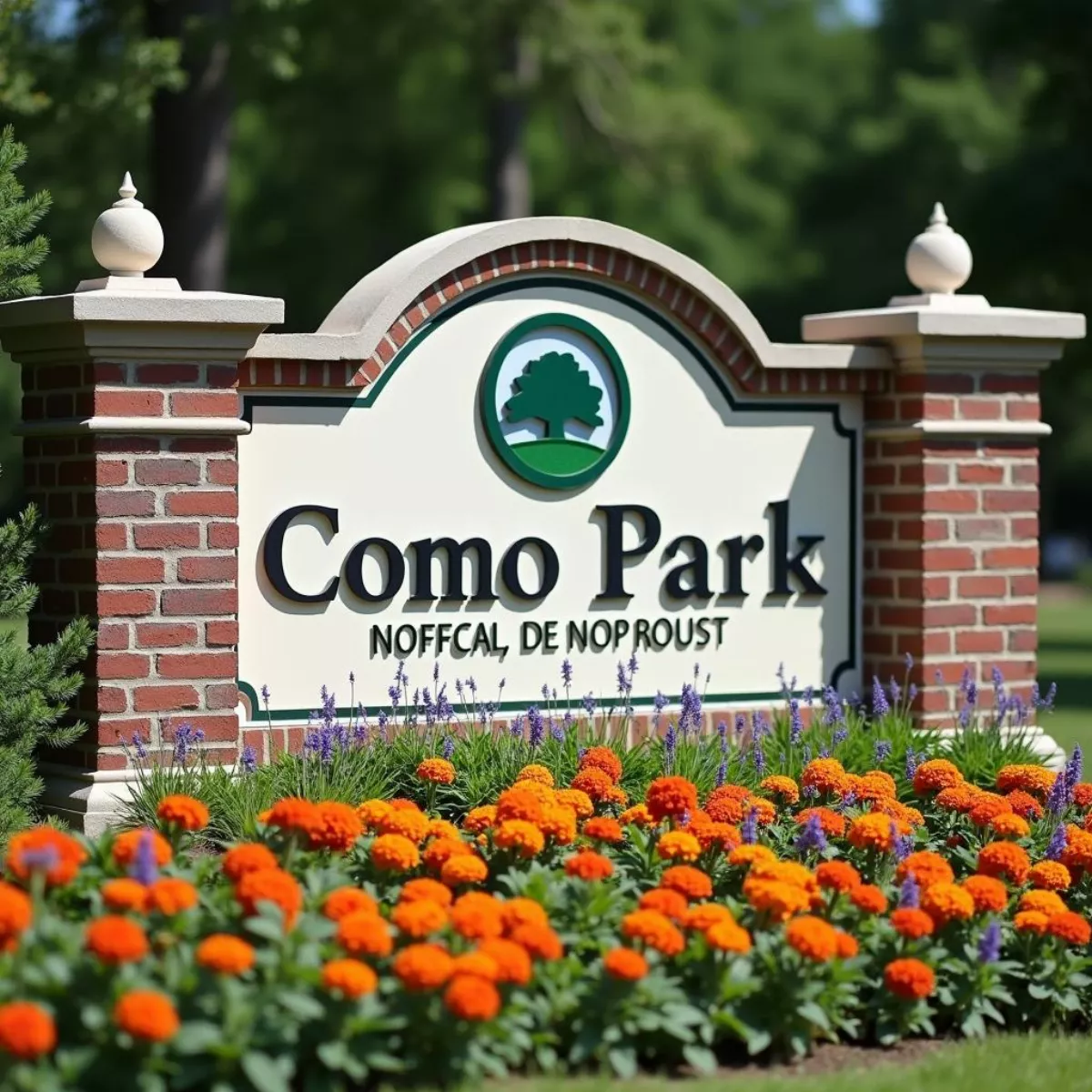 Como Park Entrance Sign
Como Park Entrance Sign